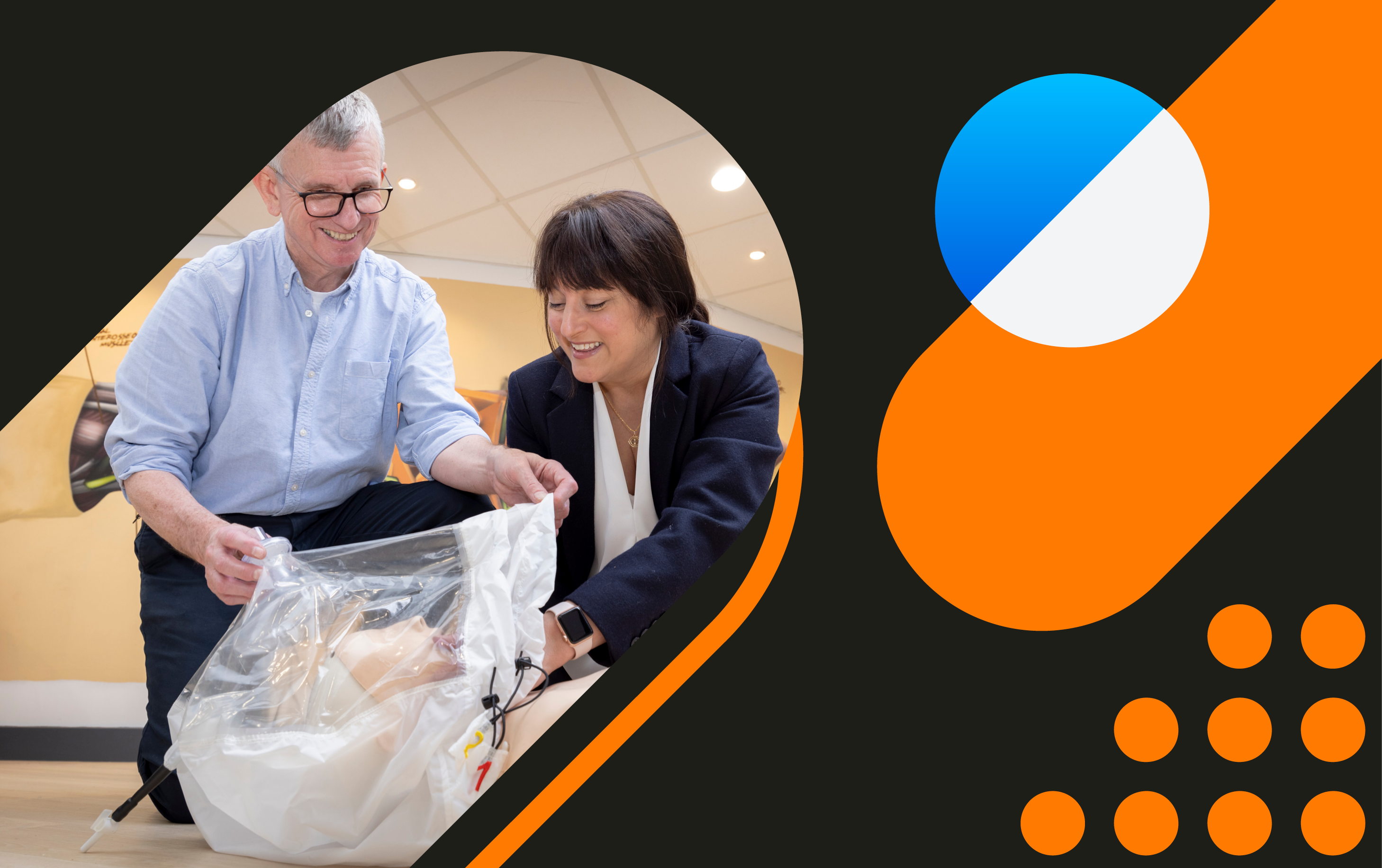
Sci-fi’s the limit for Scotland when it comes to global robotic surgery breakthroughs
Executive Chair of InnoScot Health, Graham Watson discusses progress and opportunities
Has there ever been a greater example of sci-fi correctly envisioning what healthcare could look like in the future than that of robotic-assisted surgery?
While such concepts have partly remained in fictionalised realms, they have also undoubtedly helped to inspire real-world advancements which have gifted human surgeons enhanced precision and control, leading to better patient outcomes.
It is also undoubted that Scotland has played a leading role in realising those advancements.
Only last week it was reported that Tayside-based expertise had been central to completing a world-first in robotic stroke surgery after Professor Iris Grunwald performed a robotic thrombectomy on a human cadaver.
The truly interesting part, however? She did this at Ninewells Hospital in Dundee, while the body she was operating on with remote technological assistance was some distance away at the University of Dundee.
A few hours later, this was taken a significant step further when a neurosurgeon in Florida used the same technology to carry out the first transatlantic surgery to remove a blood clot from a human brain.
Ricardo Hanel achieved this feat from his Florida base by operating on a body situated in Dundee some 4,000 miles away.
It is thought to be a potentially transformative breakthrough for stroke care with delays in accessing specialist treatment known to have a direct impact on the chances of recovery.
It is also interesting to note that, against the backdrop of a global shortage of surgeons qualified to carry out the operation, Dundee, Glasgow and Edinburgh are among the few cities where it is possible.
Indeed, the University of Dundee is the global training centre of the World Federation for Interventional Stroke Treatment.
Prof Grunwald said: “The technology truly bridges the gap between operator and patient, no matter the distance.”
Fittingly, she added: "It felt as if we were witnessing the first glimpse of the future.
"Where previously this was thought to be science fiction, we demonstrated that every step of the procedure can already be done."
Scotland has also led the way in executing the first clinical cases of robotic aortic valve replacement (AVR) through a tiny incision in the neck.
Earlier this year, Glasgow-based CardioPrecision — a global leader in transcervical access for the treatment of structural heart disease — successfully extended its robotic-assisted procedure to patients with the use of its CoreVista® Robot Enabling Platform.
The company’s global breakthrough in robot-assisted transcervical AVR procedures came via its technology being utilised stateside at the Cleveland Clinic, considered by some to be the world’s best smart hospital, representing another fruitful transatlantic collaboration.
In 2024, CardioPrecision — originally spun out of the NHS through InnoScot Health — had first demonstrated a proof-of-concept AVATAR (Advanced Videoscopic Aortic surgery by Transcervical Approach using Robot-assistance) procedure for AVR in Chicago.
Across NHS Scotland, many significant robotic surgery milestones have been reached, demonstrating just how embedded the technology now is.
Back in August, University Hospital Hairmyres (UHH) completed a 500th robotic-assisted surgery since it was first conducted in 2022.
Across the past three years, the Da Vinci system of robotic surgery has been extended at UHH from only limited urology procedures to urology, colorectal, and more recently, gynaecology.
Indeed, NHS Scotland now has multiple systems in place across different health boards, including Greater Glasgow and Clyde, Lothian, Grampian, Tayside, allowing greater for equity of access and patients to benefit from minimally invasive surgery with quicker recovery times.
Surgeons also benefit from the enhanced visualisation, dexterity, and precision that robotic-assisted surgical systems offer, while the health service itself has been able to increase productivity and reduce waiting lists.
Such tantalising ‘glimpses of the future’, as Prof Grunwald put it, are no longer the preserve of sci-fi tales, but are instead leaping off page and screen to push global surgical boundaries in Scotland’s operating theatres.

Clear focus, big impact
Ideas originating within our NHS are transforming lives, creating jobs, attracting investment, and showcasing Scotland as a truly entrepreneurial nation with innovation in its DNA.
InnoScot Health has received and evaluated over 2000 innovative ideas to date, successfully accelerating a range of medical devices, products, and technologies for use in hospitals, care homes and on-scene emergency settings, both in Scotland and around the world.
Chat